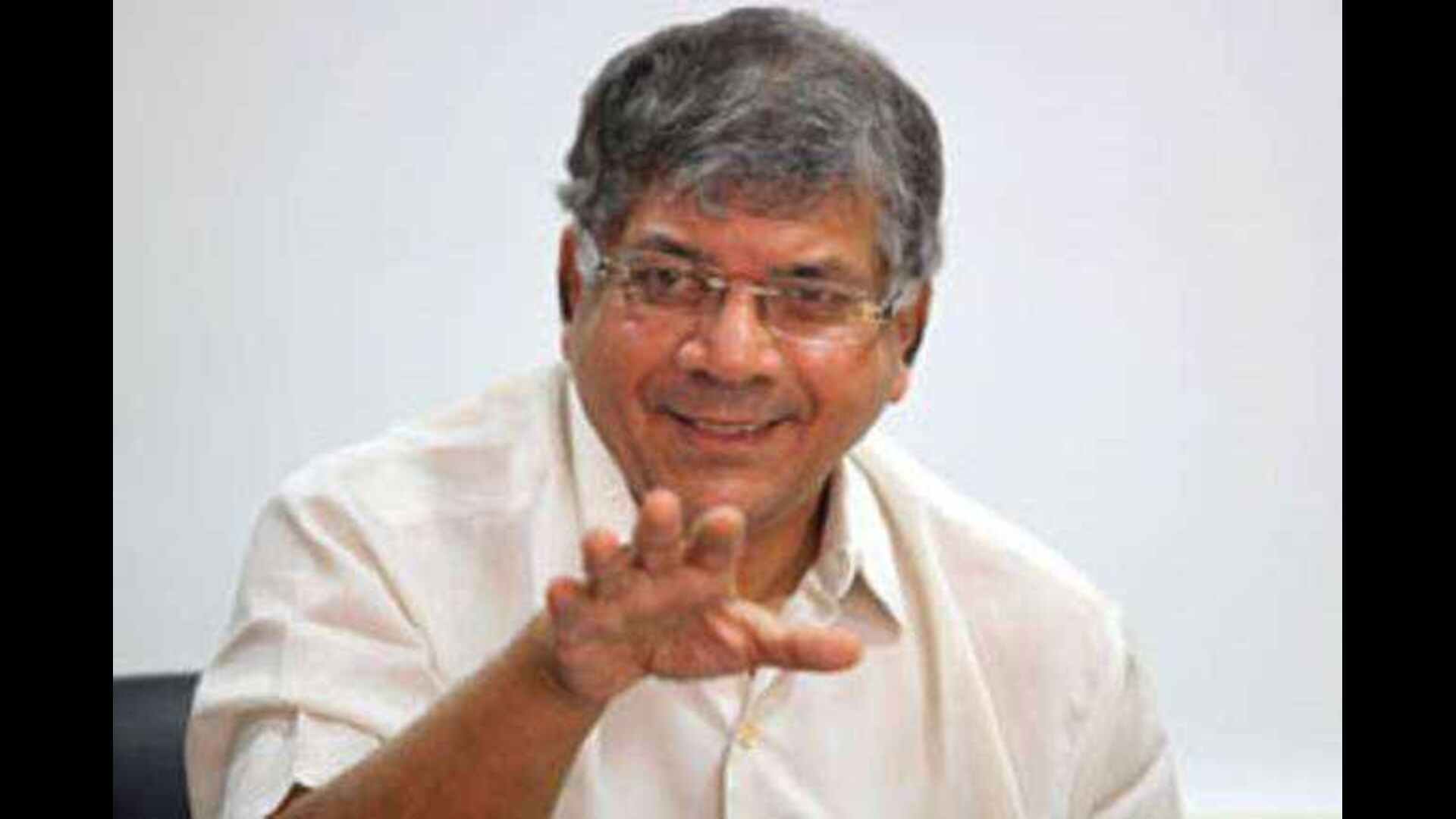Fall of Homs: A Blow to Assad’s Rule
Earlier, rebels claimed full control of the key city of Homs after just one day of fighting. The city’s capture cuts off Damascus from the coastal region, Assad’s stronghold, and where Russian military bases are located. “Assad is gone, Homs is free,” shouted thousands of Homs residents who flooded the streets after the army withdrew. Rebels celebrated by firing into the air and tearing down posters of Assad.
Rebel Victory: A Historic Moment
The capture of Homs is a major blow to Assad’s power. It symbolizes the rebels’ comeback in the 13-year-old conflict. Hayat Tahrir al-Sham leader Abu Mohammed al-Golani called it a historic moment. He urged fighters not to harm those who surrender. Rebels freed thousands of detainees from the city prison, and security forces fled in haste, burning documents before leaving.
Protests Erupt in Damascus
In Damascus, residents protested Assad, and security forces struggled to control the situation. Rebel commander Hassan Abdul Ghani said operations to “completely liberate” the countryside around the capital were ongoing. Rebels are now focused on taking control of Damascus. In one area, a statue of Assad’s late father, Hafez al-Assad, was torn down.
Immediate Threat to Assad’s Regime
The rapid shift of power poses a serious threat to Assad’s rule. Foreign officials believe the government could fall within days. Some U.S. officials suggest Assad may be overthrown within a week. Meanwhile, Arab capitals are alarmed, and regional instability looms. Countries like Qatar, Saudi Arabia, and Iran have called for a political solution, but no clear actions have been agreed upon.
Global Powers and Jihadist Concerns
The civil war in Syria, which began in 2011, has drawn major global powers into the conflict. It has also created space for jihadist groups like Hayat Tahrir al-Sham, which was once affiliated with al-Qaeda. Many Syrians fear the group may impose strict Islamist rule. However, al-Golani has tried to reassure both minorities and the international community that he opposes attacks abroad. No reports of reprisals have come from Aleppo, which rebels captured recently.
Hezbollah Withdraws as Support for Assad Weakens
Meanwhile, Hezbollah, Assad’s ally, withdrew from the Syrian city of Qusayr near the Lebanese border. At least 150 armored vehicles carrying Hezbollah fighters left the area. One of the convoys was reportedly struck by Israeli forces. This withdrawal highlights the weakening support for Assad.
Diminished Support for Assad
For years, Assad relied on Russian and Iranian support to suppress the rebellion. Russian warplanes bombed rebel positions, while Hezbollah and Iraqi militias backed the Syrian army. However, Russia’s focus on the war in Ukraine and Hezbollah’s losses in its conflict with Israel have limited their ability to help Assad. U.S. President-elect Donald Trump has stated that the U.S. should avoid involvement in Syria and “let it play out.”






























